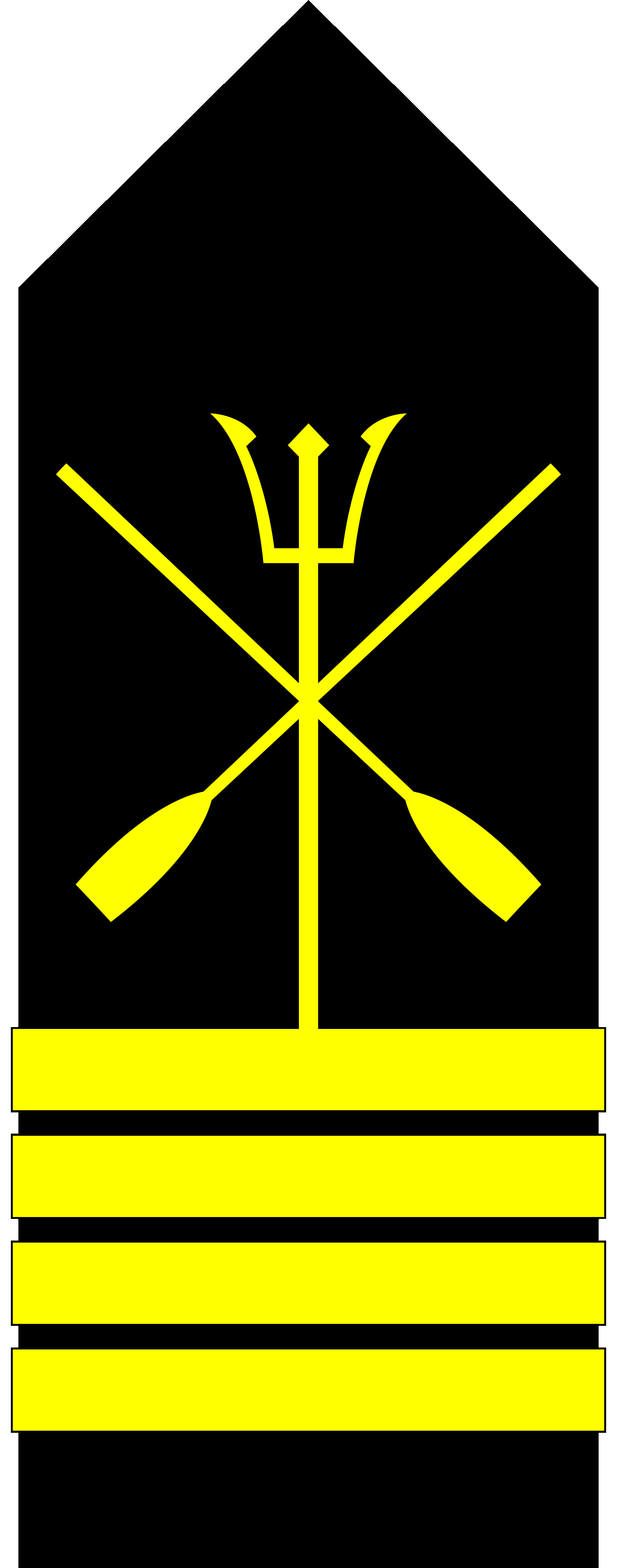Warning: boring post, only for geeks
I recently received questions regarding the estimated vs actual time of arrival to Svalbard. I will try to answer it here, it is a bit complex. Here is an excerpt from my application process related correspondence:
Question from the Official regarding the permit: how long you will spend going from place to place, including the average speed of the boat if you can estimate that from previous expeditions.
Answer: 'I estimate to complete the first leg (approx 600NM) in 9 days, which gives 2,7 knots'."
The actual calculation of 600NM in 9 days is 2,77 Knots to be exact, but I made it a bit lower due to the "approx" added to 600.
600NM / 2,7 Knots = 222 hours = 9 days 6 hours.
600NM / 2,77 Knots = 9 days
So the distance discussed was the estimated actual distance rowed, not the distance in a straight line taken later into the consideration by records adjudicators, which is 520NM. That's normal proportion when it comes to ocean rowing and the actual distance vs straight line distance.
The actual distance rowed turned out to be less than 600NM due to very well executed power on the oars and as a result turning out less vulnerable to winds and waves caused detour. On the Polar Row front page, the tracker shows 566NM of actually rowed distance to Longyearbyen.
We decided to check in for the record in Hornsund, not in Longyearbyen, due to the fact that the other team, Albedo, that started a day before us was approaching Bear Island while we were approaching Spitzbergen. If that team touched the land on Bear Island before we touched the land on Spitzbergen we might have been facing disputes whether they had completed the first Open Waters row in the Arctic Ocean or not. The distance to Bear Island was incredibly short, just 289 Nautical Miles from Tromso, and even shorter in the case of Albedo as they didn't start from Tromso itself. Typically such distance would not be enough to be considered as proper row, but as once in the past a row of just 202 Nautical Miles in the Arctic ("Old Pulteney Row to the Pole") was approved, we wanted to avoid unnecessary disputes and proceed in a way that excluded such possible complications.
Taking Hornsund as the arrival point into the account, the following recalculation of the proportions of the distance and the speed would apply according to my understanding:
600NM (declared) - 566NM (actually rowed to Longyearbyen)
x (recalculated distance to be used for calculating speed) - 458NM (actually rowed to Hornsund)
566 times x = 600 times 458
x = 485 (recalculated distance according to the estimated actually rowed total distance initially used to calculate the estimated speed)
7 days and 7 hours = 175 hours (total time rowed to Hornsund)
485NM / 175 hours = 2,77 Knots, (Nautical Miles per hour, average speed)
This means that whether we take into the consideration 2,7 Knots I declared initially or the corrected 2,77, both numbers make sense, and the error was either 0 or we were ahead of the estimated time of arrival.
The other way to look at it could be:
9 days (declared) - 566NM (actually rowed to Longyearbyen)
x days - 458NM (actually rowed to Hornsund)
x = 7,283 day = 7 days 7hours, (the actual time of arrival to Hornsund)
We departed from Hornsund and headed to Longyearbyen 28 hours later as the speed record was confirmed and there was no need to rush any more and we enjoyed the hospitality in the Polish Polar Station in Hornsund.
Low tide at the entrance to Isfjorden is approximately each 12 hours so we could have left after 4 hrs spent in Hornsund or after 16 hrs or after 28 hrs, according to my calculations of the back then expected speed.
I mentioned different numbers during some interviews to put our competition to sleep. But above I described the conversation with the authorities.
